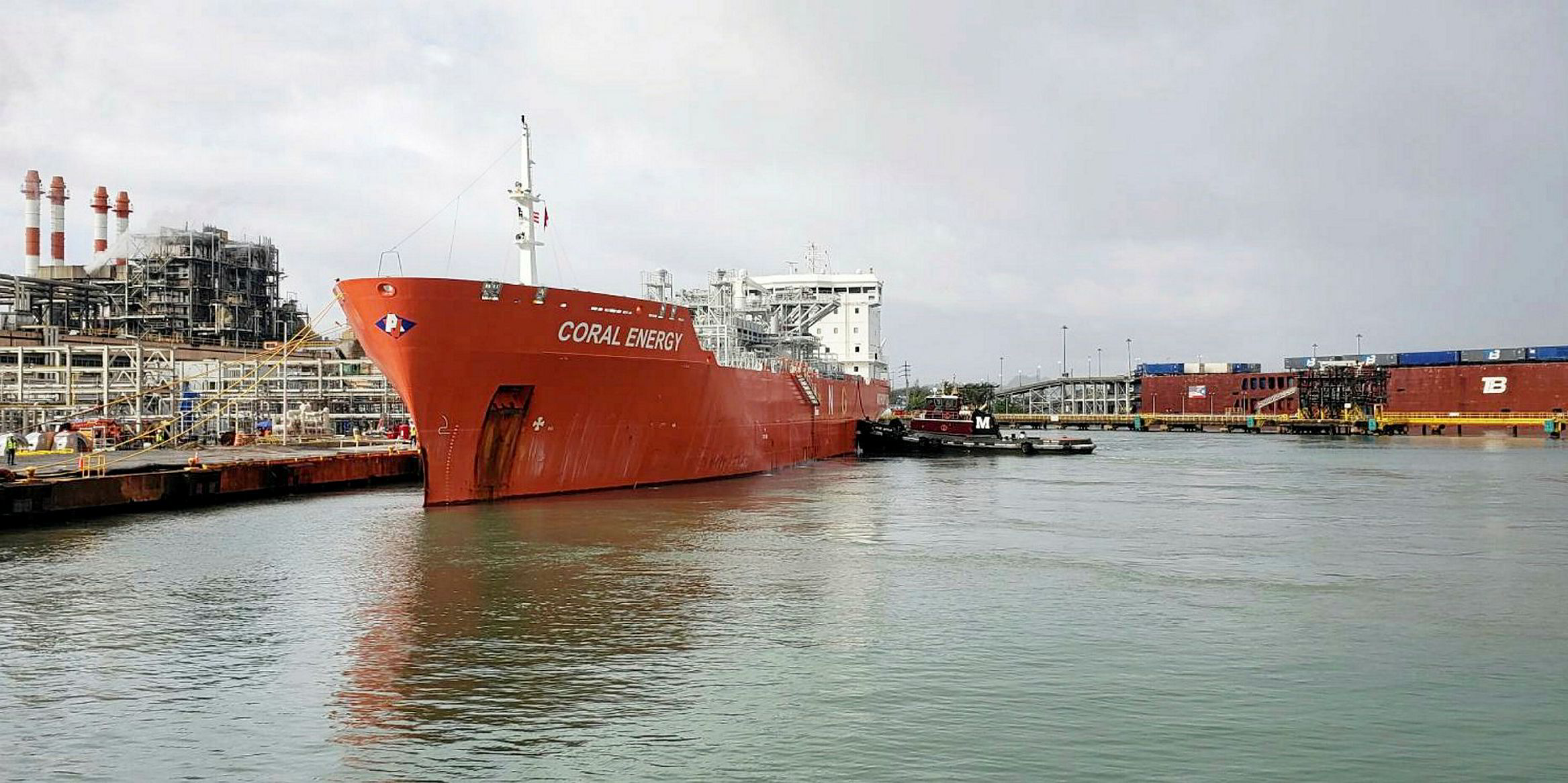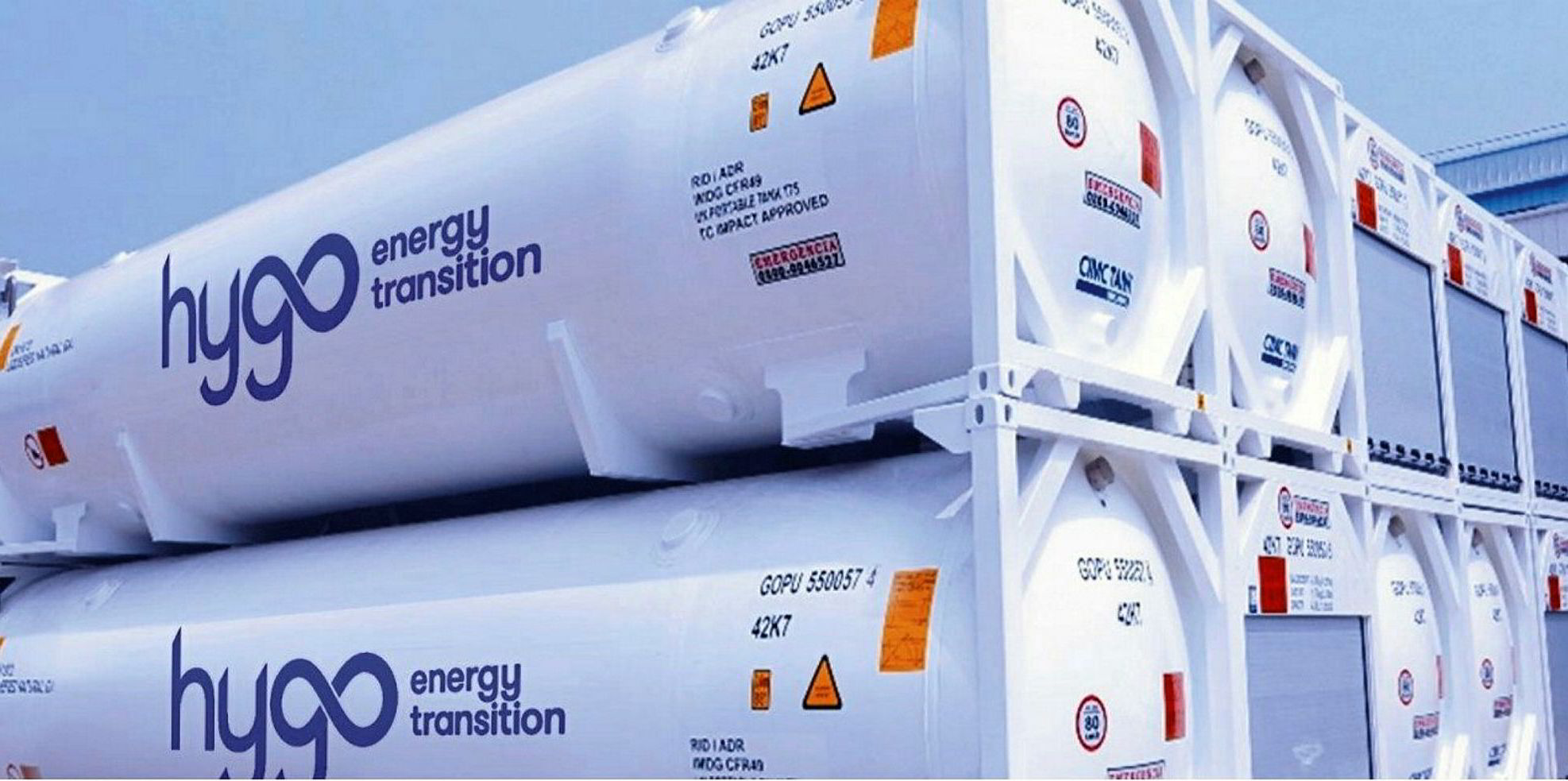A rally in New Fortress Energy's share price is helping generate tailwinds for the upcoming initial public offering of Golar LNG spin-off Hygo Energy Transition, analysts said.
US-listed charterer and LNG terminal company New Fortress saw its stock jump 11% on Tuesday.
It is now trading at 13 times Fearnley Securities' 2022 and 2023 estimates of the enterprise value-to-Ebitda ratio.
"Applying a similar set of multiples to Golar LNG's new baby Hygo Energy Transition, we find a fair value range of $2.6bn to $2.9bn and a high case of $3.7bn should the company’s downstream activities really gain traction," the Fearnley analysts said.
Downstream is the key
This is up significantly from the $1.4bn to $1.5bn the Norwegian investment bank noted last week.
For its latest valuation of the LNG-to-power company, Fearnley has incorporated some additional downstream revenues, ranging from 0.5 mtpa to 2 mtpa of volumes sold at a margin of $2 to $3 per MMBtu.
"It is really this business that functions as the icing on the cake here, with the potential for high (and quick) equity returns on small investments utilising spare capacity on terminals...and distribution hubs," the analysts said.
Hygo has been attracting wide-ranging valuations from analysts as they try to assess the upside potential of the US stock-listing candidate to develop its business on several fronts.
In a call, Arctic Securities gave a base case valuation of $2bn, but with a high case scenario of $5.3bn.
On this basis Arctic said it has raised its target price on Golar to $25, which is a 140% upside from current share price.
Meanwhile, Clarksons Platou Securities rated Hygo's fair value at $2bn on Wednesday, valuing the company at $15 to $18 per share.
And managing director of research Frode Morkedal said: "We believe Golar LNG's stock price should continue to close the gap to underlying values.
Four businesses
"Catalysts could be a positive reception of Hygo, further improvement to natural gas prices and LNG carrier rates, as well as more colour on the strategic review to separate GLNG into four distinct businesses: LNG shipping, FSRU, FLNG and power (Hygo)."
On its call, Arctic said the wide difference in its valuations range is based on the potential upside for three areas of Hygo’s business.
It identified these as the utilisation of already contracted assets of the company's existing floating storage and regasification unit, the 170,000-cbm Golar Nanook (built 2017), and its upcoming FSRU for the Barcarena terminal.
Arctic calculates that the existing contracts for the FSRUs will utilise just over 40% of the regas units leaving close to 60% available for other users.
Clarkson Platou said it assumes 25% of the excess FSRU capacity can be used per year to sell natural gas into the grid at market prices.
Arctic also flagged up Hygo’s potential to grow its downstream distribution opportunities for LNG in Brazil, describing it as “a highly exciting” segment but with a potential that is quite hard to quantify yet.
Hygo is aiming to establish a network of distribution channels in Brazil through small-scale shipping, moving LNG in ISO containers and fuelling stations to penetrate this demand. It has said it is talking to more than 30 downstream customers and has identified a potential further 200.
Competitive advantage
Finally, Arctic said Hygo has a competitive advantage to replicate its model both in Brazil and globally.
The analyst believes Hygo’s potential to generate cash lies in the tolling fees it can charge for the spare capacity on its FSRU-based terminals and from its sales of gas to downstream customers.
Hygo last week unveiled the details of 17 LNG terminal projects it is considering developing worldwide as the company eyes a Nasdaq float.
In its preliminary IPO prospectus, the joint venture with Stonepeak Investment Partners listed developments in Brazil, the Ivory Coast, Mexico and Vietnam among the planned LNG import terminals it is working on.
The company wants to use its FSRU-based “hub and spoke” LNG infrastructure model to bring these to market.





